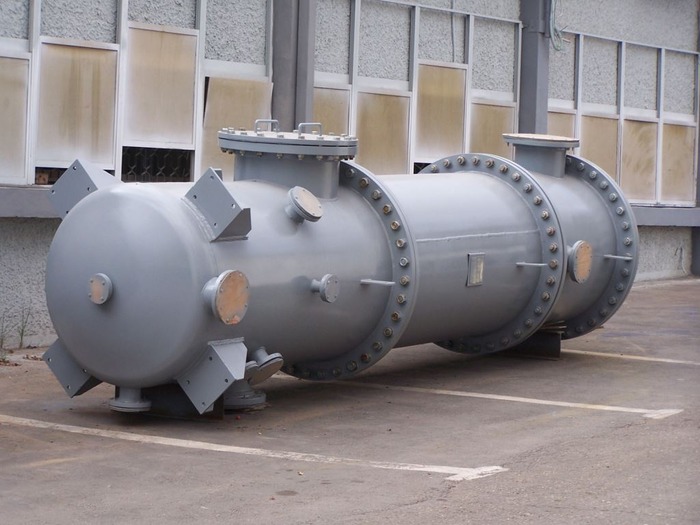Introduction
Fluoropolymer Heat Exchangers are engineered to thrive in the most corrosive and chemically aggressive environments where traditional metal heat exchangers fail. Constructed using high-performance polymers such as PTFE, FEP, and PFA, these heat exchangers offer outstanding resistance to acids, alkalis, solvents, and high temperatures. Their unique properties make them the go-to solution for industries that require ultra-clean, non-contaminating, and low-maintenance thermal transfer systems. From chemical processing and pharmaceutical production to semiconductor fabrication and wastewater treatment, fluoropolymer heat exchangers ensure reliable performance even under the harshest conditions. As the demand for corrosion-resistant and contamination-free operations grows, these advanced systems are becoming a critical component in modern industrial heat transfer applications.
Key Benefits of Fluoropolymer Heat Exchangers
- Unmatched Chemical Immunity
Resistant to more than 99% of industrial chemicals—no corrosion, no compromise. Ideal for acidic, alkaline, or aggressive solvents. - Longevity Under Pressure
Unlike metals that erode over time, fluoropolymers remain stable even after years of exposure to extreme conditions—a true “fit-and-forget” solution. - Non-Stick Inner Surfaces
Their ultra-smooth surfaces resist fouling and scaling—leading to consistent heat transfer and dramatically reduced cleaning downtime.
Innovation on Fluoropolymer Heat Exchangers
- Fully Welded Modular Design
Advanced welding techniques create seamless bonds—no gaskets or joints means zero leakage and high structural integrity in hazardous environments. - 3D Coiled Tube Configurations
Spiral or serpentine designs in compact units boost heat transfer without increasing footprint—an engineering marvel in space-constrained systems. - Smart Surface Coatings
Some newer fluoropolymer exchangers come with anti-biofilm or anti-fouling additives—especially game-changing for biopharma and food-grade processes.
Advantages on Fluoropolymer Heat Exchangers
- Absolute Metal-Free Zones
No metal contact anywhere. Even supports and housings can be made from reinforced polymers. This makes them ideal for ultra-pure and semiconductor-grade processes. - Extreme Thermal Range Survivability
From -200°C cryogenic lines to +260°C acid regeneration systems—fluoropolymers don’t flinch. Their thermal flexibility is unmatched in the non-metal world. - Fire-Retardant Grades Available
Certain fluoropolymers like PFA and ECTFE offer self-extinguishing properties—ideal for volatile environments like chemical processing or lithium battery manufacturing. - Eco-Friendly Operations
Longer lifespan, fewer chemical cleanings, and zero heavy metal leaching—fluoropolymer heat exchangers quietly contribute to sustainable industrial goals.
Conclusion
Fluoropolymer Heat Exchangers stand at the forefront of corrosion-resistant heat transfer technology, offering a blend of innovation, efficiency, and durability. Their chemically inert surfaces, coupled with advanced modular and seamless designs, provide long-term reliability with minimal maintenance. Unlike metal-based systems, these heat exchangers do not degrade in the presence of corrosive chemicals or extreme temperatures, ensuring higher operational uptime and lower lifecycle costs. Moreover, their ability to maintain process purity makes them indispensable in sectors where contamination is unacceptable. As industries continue to prioritize safety, sustainability, and cost efficiency, fluoropolymer heat exchangers are proving to be an intelligent, future-ready solution that delivers superior thermal performance without compromise.

